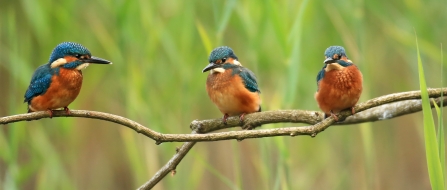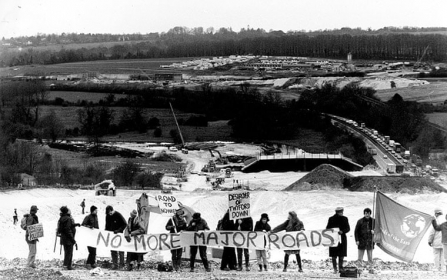The proposals from Highways England are intended to ease congestion and allow for growth across Hampshire.
The existing road system creates bottlenecks, contributing to the unacceptable levels of air pollution and damaging sensitive surrounding habitats.
However, the current plans for a new scheme fundamentally fail to consider or address the urgency of repairing and restoring our natural environment.



